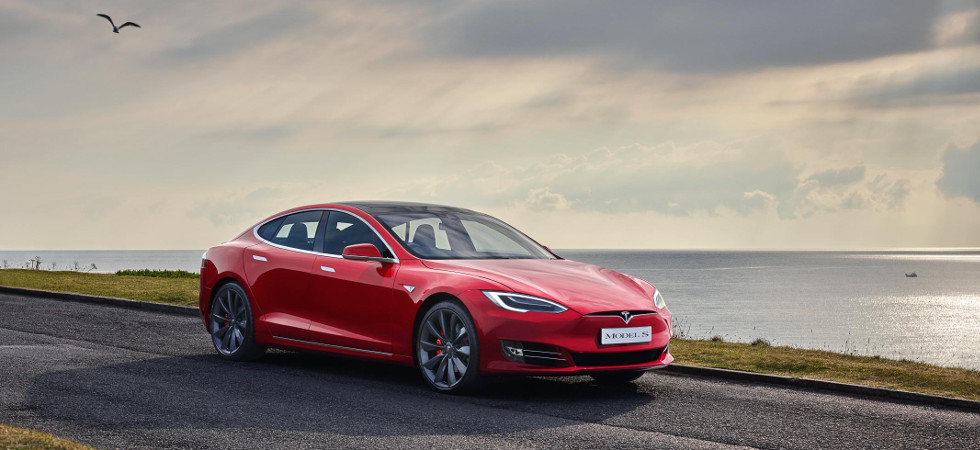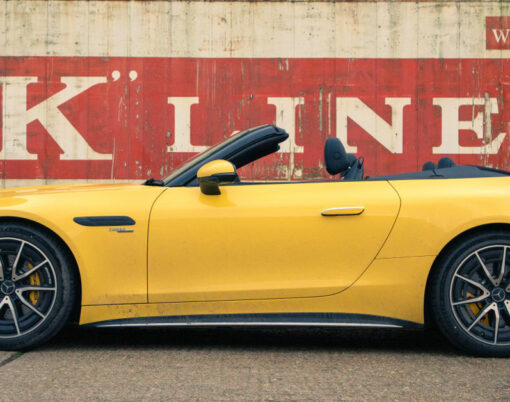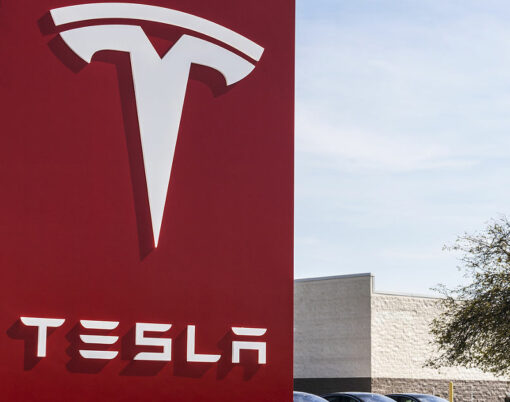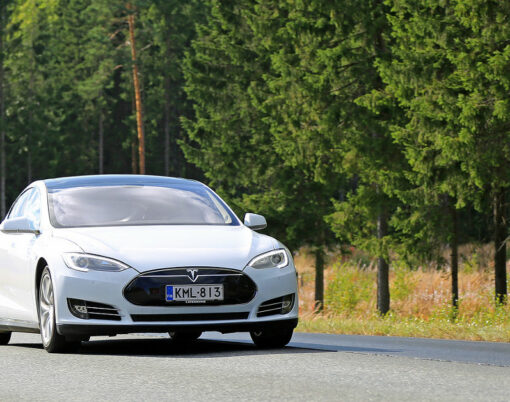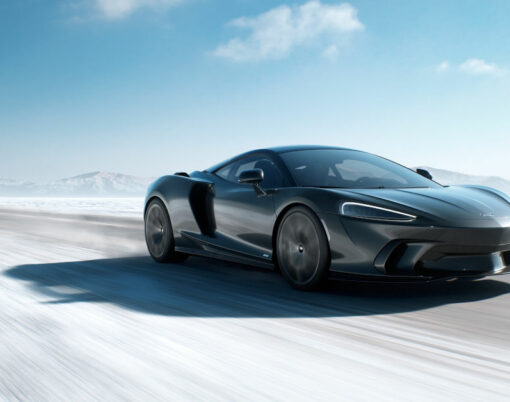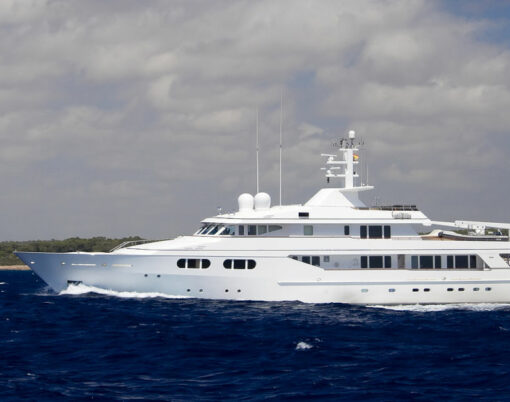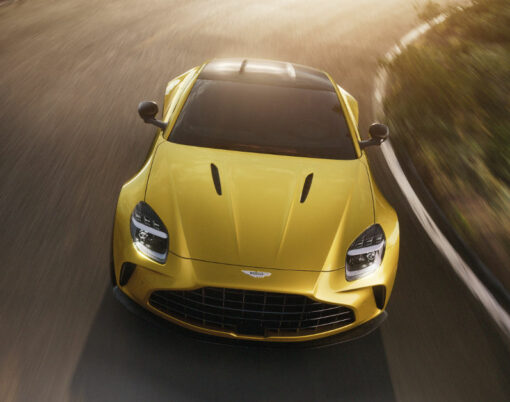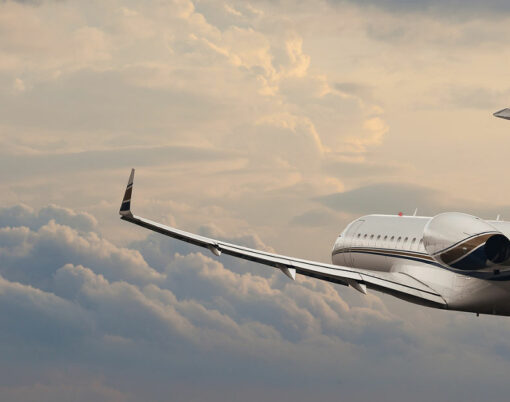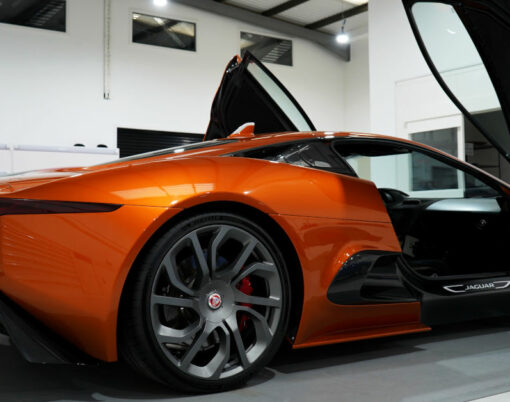Words by Leanne Kelsall
Whether you own a Tesla or, like many people I’ve met, are ogling one with serious intentions, you’ll know that the Model S is an incredible piece of kit.
It’s 0-60mph times are insanely quick. It’s efficient and cost-effective to run. Its tech is futuristic. Yet those who are ogling will probably end up at the same question – the same question that most likely puts a pause on their lusting over (and potential purchase of) a Tesla:
“How practical is it, really?”
Well, as it turns out, it’s pretty darn great. In perhaps the ultimate test of practicality, my partner and I took a Tesla Model S 100D – the longest range model S Tesla make – on a long and beautiful road trip to the Lake District. At 300 miles away from London, it’s a hefty drive – far enough away to test range, comfort and cost.
The Lakes are surrounded by majestic fells, thick forests and craggy landscapes in what is a remote area all things considered. So it’s the perfect place to test practicality – an area you might struggle to find a petrol station let alone a Tesla charger. Or so you might think…
From fuel costs to convenience, our road trip to and around the Lake District would provide the perfect setting to find out if taking a Tesla out of town is a smart idea after all.
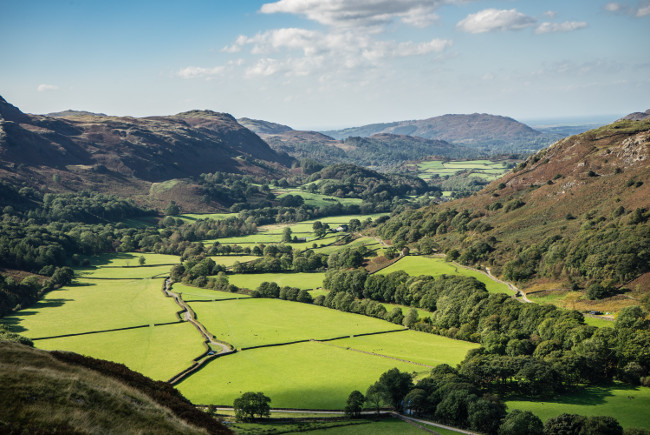
Long-distance luxury
We set off (silently of course) from London on what would be a five-hour journey in total. On the way up to the Lakes you munch lots of motorway tarmac which can be utterly mind-numbing.
Now, you’d think that being in a silent car with no engine noise would make this painfully acute but quite the opposite; calm, serene, cool. Inside the cockpit, ergonomic curves and gadgets look the part while a massive iPad hosts the controls to an incredible suite of tech, from regenerative braking to GPS-linked air suspension.
We breathe medical grade air through the cars HEPA air filtration system (it’s even got a ‘bioweapon defence mode’), and listen to premium Spotify for free. Sunken into bolstered seats, we cruise comfortably – not a numb bum in sight.
This is a nice place to be, a luxury interior kitted out with all you need to withstand long periods of time on the road.
A supercharged fuel advantage
Of course, with long distance comes the necessity to refuel, rest and recharge. You might worry that figuring out where to re-charge your Tesla – and having to break up your journey to do it – will be a bit of a hassle but Tesla Superchargers are now nearly as common as the petrol stations.
The fact is, the 100D’s range (which does vary depending on how you drive it) is an impressive 393 miles. So, if you’re running out of charge, the chances are you’ve been driving for hours on end already and should probably take a break. Secondly, at that range we’re in diesel saloon territory, whereby you’d be needing to refuel anyway.
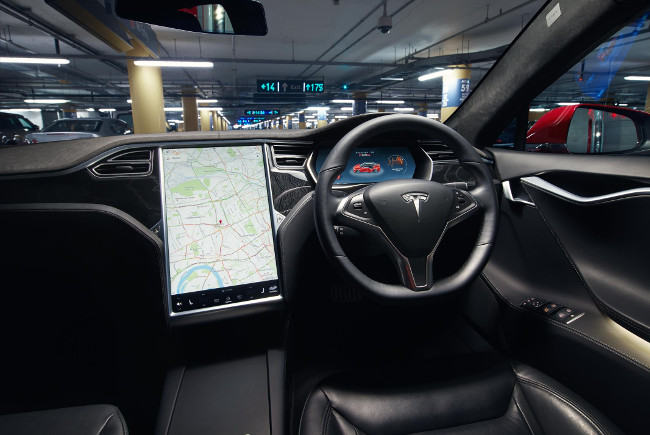
On top of that, the brains behind your massive Tesla super screen will work out how far your current charge will get you and add in the most convenient place to supercharge along your route. In the interest of time, it won’t keep you there for any longer than necessary to add enough charge to reach your destination.
When you turn up to a Supercharger, there are (obviously) spaces waiting for you. Which is great, even feels a little exclusive, when the rest of the car park is packed on a bank holiday as it was for us. The other Tesla drivers give you a nod, adding to a sense of belonging, a private members club you’re now part of.
I’d say that’s all pretty hassle free. Less so, in fact, than a petrol car. And cool too.
Connected convenience: Destination chargers (and software updates)
There are two more big benefits to owning a Tesla and taking it a long road trip. Firstly, when you enter an area like the Lake District in a petrol equivalent (think 0-60mph in 4.1 seconds equivalent), you quickly realise that petrol stations can get a) less readily available and b) won’t sell premium unleaded as much.
It’s true, most of the Tesla’s ‘Superchargers’ (generating a full charge in little over an hour) I found were on the motorway – once you’re out into the countryside, it’s over to a fast spreading network of Destination Chargers. These are smaller, less powerful chargers that travel destinations, from hotels to restaurants, are having installed in their car parks. Depending on which variation the hotel, for example, has opted for, it’ll charge you up between around four and eight hours.

But it’s brilliant, because you’re refueling while you eat, while you sleep, whenever you’re not with your car. No more hunting for petrol stations when the car starts to rumble. In the Lakes, I found this especially useful – it meant I could plug in before bed and then wake up to a Tesla brimmed with charge.
Then there’s how much a charge costs versus its fossil fuel equivalent. If you were charging overnight like this at home, a 300-mile tank, so to speak, would cost you around a tenner. Ten pounds! Again, drawing this back to whatever petrol equivalent you’ve been imagining (mine’s an Aston Martin Rapide S), there’s no way you’d refuel for just £10 for the performance it puts out.
Plus, while you’re sleeping and the car’s taking on some energy, it’ll also fix or update itself. Parked in your garage home (even a hotel car park), you can connect the car to Wi-Fi and, just as you receive an update on your smartphone, over the air software is downloaded. This could mean enhanced settings, better performance, a GPS fix…all without ever visiting a service centre. Which would be hard in the Lakes…
Hitting the twisties
Now, a Tesla Model S might not seduce you quite like an Aston Martin Rapide S would – but it’s stats will.
As I mentioned, we had a Model S 100D, that hits 60mph in 4.1 seconds (which is actually 0.1 quicker than the Rapide anyway). The P100D – Tesla’s Model S performance package – hits that speed in just over half the time; 2.5 seconds. To put that into context, that’s Bugatti Veyron speeds – it’s the quickest four-door saloon ever built. All the while, still putting out an impressive range of 381 miles.
I’ve got to say, even the 100D was a bundle of fun. You’ve got instant power, remember, because your right foot is hooked up to a lithium battery that doesn’t need gears. The acceleration is head-in-the-seat quick, both exhilarating and, as it turned out, extremely handy for overtaking tractors in a flash.
The Model S stores its batteries underneath your feet, in the floor pan, giving it a very low centre of gravity and, in turn, fantastic handling around bends. Up in the Lakes, there plenty of those to throw the car around and, on a sunny, dry day, the Model S never flinched. This is a driver’s car too, if you want it to be.
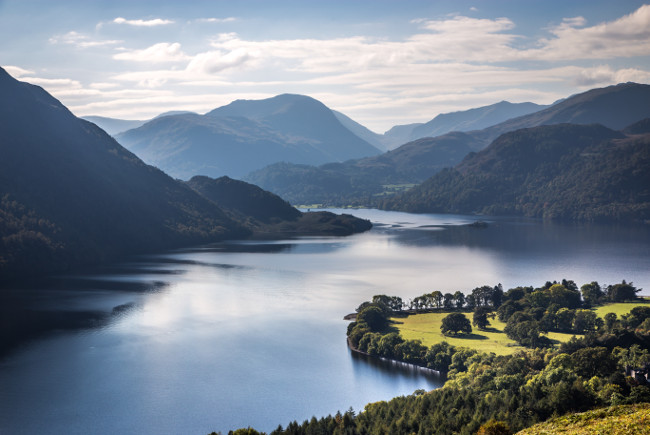
Sustainable high fives
All of this aside, perhaps most overwhelmingly apparent in the Lake District was just how eco-friendly this car was. Tesla’s vehicles sit within band A for CO2 emissions (and are exempt from standard road tax because of it) – some petrol or diesel cars are in band H. The entire car is vegan (bar the steering wheel) after Tesla scrapped leather as an option for interiors.
Driving in some of the most beautiful scenery in the world, we felt good. Good because we knew our set of wheels wasn’t going to make the world around us a smoggier, more polluted place. It seemed fitting we be in an electric car, up in the Lakes, surrounded by nature.
This doesn’t exactly come back to the car’s physical practicality but it does play a big role in why it’s important Tesla’s are actually practical. If owning and driving a Tesla on big road trips just isn’t that sustainable, how can we expect the world to get sustainable with their car choices?
The fact is, this trip had proven to us that our Tesla Model S 100D was very practical indeed. Charging had not been a pain, the long-distance had been comfortable, hitting country roads had been enjoyable. In fact, I think this car had actually saved us some hassle, not to mention, a huge petrol fuel bill.
So, if you’re one of those ogling a Tesla and wondering whether it’ll get you where you need to go, faff-free, wonder no more. It might be time to go for a test drive…












